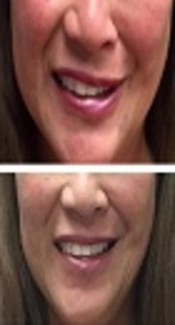This article is retracted by EIC or Authors request.
Background:
There is limited therapy for management of Bell’ palsy. However, none of the treatment modalities are effective, thus, the aim of this study was to evaluate the effect of repetitive transcranial stimulation (rTMS), as an adjuvant therapy, for management of Bell’s palsy.
